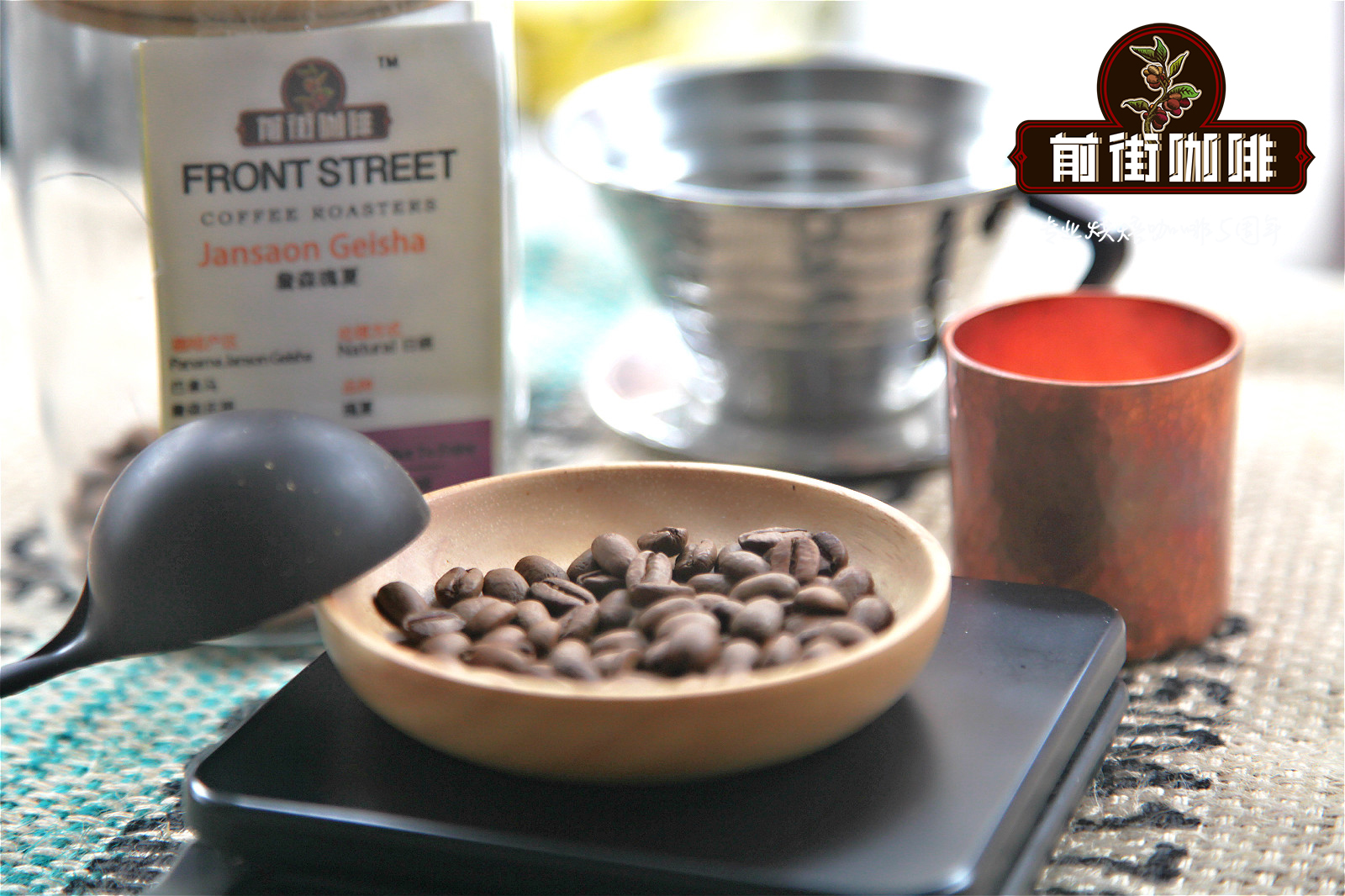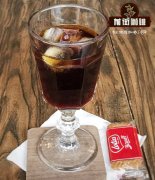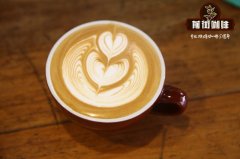Explain the evolution history of Indonesian coffee beans | how much is a cup of boutique Indonesian coffee?

Professional coffee knowledge exchange more coffee bean information please follow the coffee workshop (Wechat official account cafe_style)
Indonesia is made up of more than 17,000 islands scattered over the equatorial volcanic belt and has fertile soil. Famous producing areas include Sumatra in the west, Sulawesi in the middle, and Java in the south. Coffee was brought to Jakarta by the governor of the Netherlands from Malabar, India, in 1696, and local farmers were forced to grow coffee instead of white rice. Since 1850, the Dutch East India Company has expanded its planting area to other Indonesian islands. By far, Indonesia is the fourth largest coffee exporter in the world.
The rust that ravaged Indonesia in 1876 nearly wiped out Arabica coffee. Since then, farmers have begun to plant Robusta with high disease resistance in the hardest-hit areas of the East Java lowlands. After the independence of the country, local talents replanted the higher quality Arabica (Arabica). So far, 80% of Indonesia's exports are still commercial-grade Robasta. Interestingly, since the eastern islands of Timor and Flores were Portuguese dependencies at that time, the species were different from those of the Netherlands and had a lesser impact. You can still drink "ancient species" from the 16th century.
The evolution of coffee beans in Indonesia reflects the history of planting.
Sumatran coffee is best known for Manning. The brand, which is neither a bean seed nor a producing area, comes from the mistranslation of the name of a Mandailing. Mantenin is also rich in Mount Jiayu in Aceh Province and in the Lindong producing area around the northern volcanic lake Doba. The names include "Green Treasure" and "Blue Eye", which are colorful. Sumatran coffee is generally supple, dense, low-acid, with earthy, cedar, cut tobacco and cocoa flavors.
Sulawesi has been around for more than 100 million years, so the soil is more mineral-rich than other Indonesian islands, and the coffee produced is brighter. Among them, the production near Tana Toraja Mountain is the most famous. It has a hint of spice, including pepper, cinnamon and nuts.
The evolution of bean species reflects the planting history of Indonesia. There are many defects in Indonesian coffee, the biggest reason is improper handling. Whether washed or insolated by farmers in Africa and Central America, beans are hidden in pods like melon seed shells and are beaten by threshing machines before they are exported. However, the popular Wet hull (Giling Basah) method in Indonesia is that after washing off the pectin layer, the coffee is quickly beaten away without being dried. The water content of wet coffee beans is as high as 50%. The middleman collects the kernels and dries them out of control: exposure to the sun loses organic acids, while drying in the mud gives beans a chance to inhale the smell and dirt. This is all due to farmers' lack of knowledge in order to earn fast money.
Indonesian coffee bean brand recommendation
The West Java honey treatment of Indonesian coffee beans roasted in Qianjie coffee is fully guaranteed in terms of brand and quality. And more importantly, the performance-to-price ratio is extremely high, a pack of half a pound 227 grams, the price is only about 118 yuan. According to the calculation of 15 grams of powder per cup of coffee, 15 cups of coffee can be made in a bag, which costs only about 7 yuan per cup, which is recommended by conscience compared to the price sold in cafes for dozens of yuan a cup.
More promotional activities
Please keep an eye on us.
Our Taobao shop: coffee shop in front of the street cafe
Important Notice :
前街咖啡 FrontStreet Coffee has moved to new addredd:
FrontStreet Coffee Address: 315,Donghua East Road,GuangZhou
Tel:020 38364473
- Prev

A brief introduction to Indonesian Coffee | recommended by Indonesian coffee beans. How much is Indonesian coffee beans?
Professional Coffee knowledge Exchange more information on coffee beans Please follow the Coffee Workshop (official Wechat account cafe_style) Coffee trees were introduced to Indonesia by the Dutch in the mid-17th century (some official sources believe that earlier). The first batch of coffee from Java was sold to Amsterdam in 1712. Indonesia exported 300000 tons last year, making it the fourth largest coffee producer in the world.
- Next

Indonesian Coffee Bean Brand production area recommendation | which Indonesian coffee brand is better _ how much is the Indonesian coffee bean?
Professional coffee knowledge exchange more coffee bean information please follow the coffee workshop (Wechat official account cafe_style) Indonesia ~ volcanoes, earthquakes … The resort of Bali... Good mountains, good water, and good coffee! Indonesia is a large archipelago country made up of many volcanic islands, with excellent coffee growing environment and latitude, each of which has its own topography and climate.
Related
- Does Rose Summer choose Blue, Green or Red? Detailed explanation of Rose Summer Coffee plots and Classification in Panamanian Jade Manor
- What is the difference between the origin, producing area, processing plant, cooperative and manor of coffee beans?
- How fine does the espresso powder fit? how to grind the espresso?
- Sca coffee roasting degree color card coffee roasting degree 8 roasting color values what do you mean?
- The practice of lattes: how to make lattes at home
- Introduction to Indonesian Fine Coffee beans-- Java Coffee producing area of Indonesian Arabica Coffee
- How much will the flavor of light and medium roasted rose summer be expressed? What baking level is rose summer suitable for?
- Introduction to the characteristics of washing, sun-drying or wet-planing coffee commonly used in Mantenin, Indonesia
- Price characteristics of Arabica Coffee Bean Starbucks introduction to Manning Coffee Bean Taste producing area Variety Manor
- What is the authentic Yega flavor? What are the flavor characteristics of the really excellent Yejasuffi coffee beans?

